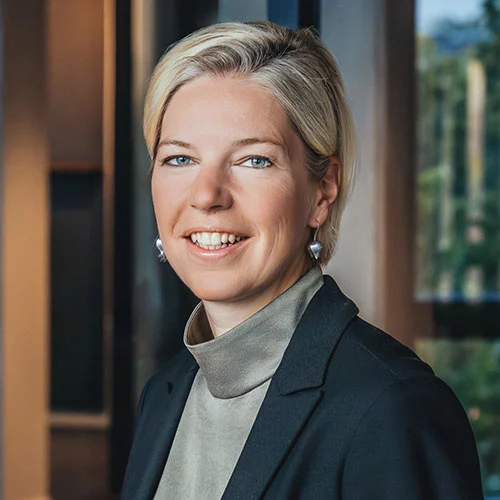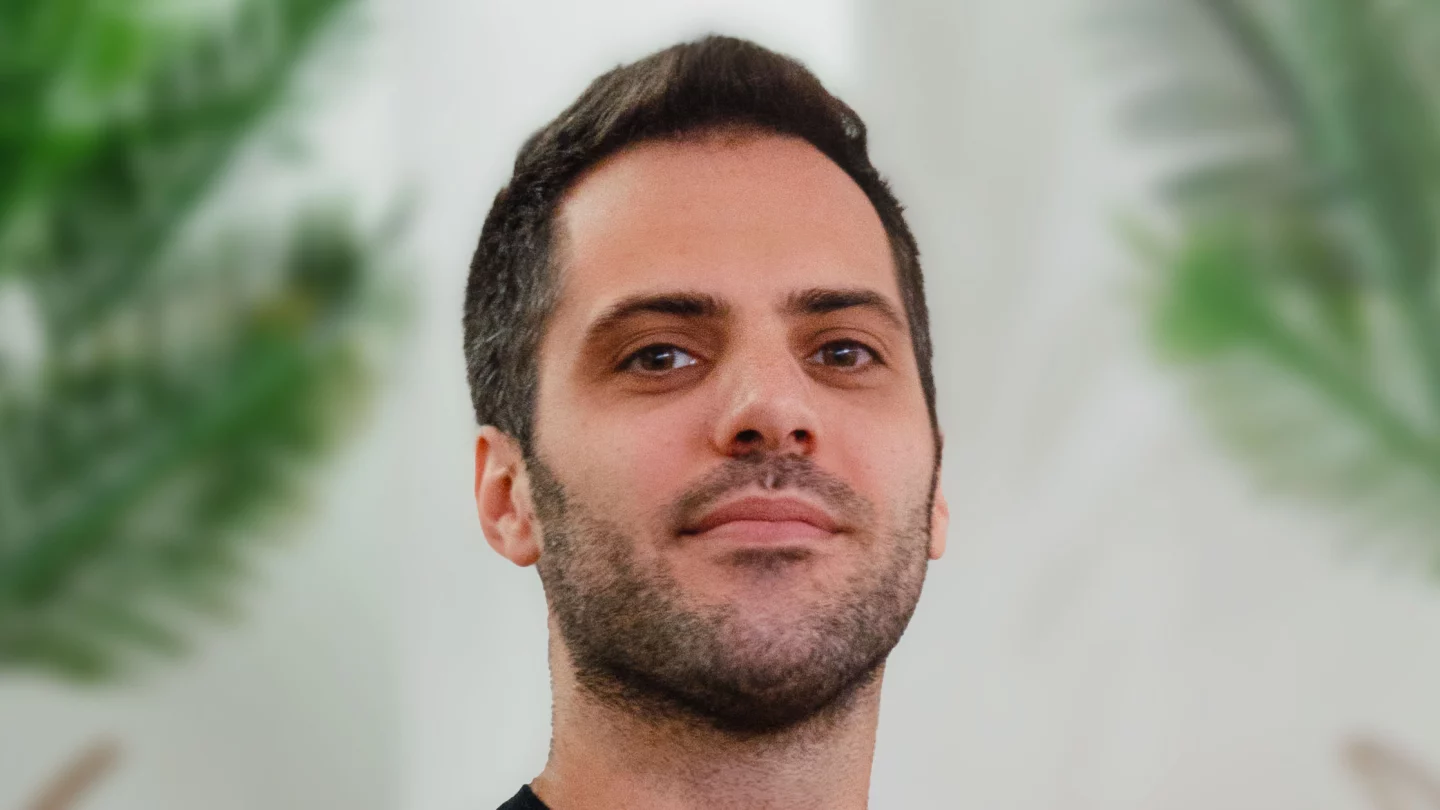You have an impressive career track and yet decided to leave the classic corporate career and start a company. What motivated you to do that?
At the end of 2022, I decided for myself that I didn’t want to work within the constraints of a classic job anymore. After 20 years as a consultant, manager, and managing director (BCG, Otto Group, and XING), I wanted to create something of my own. With my company Restart Career, I want to help people directly and achieve real impact. Starting it was courageous, but it was just the right next step for me.
Why is it so important to keep reflecting on your own job satisfaction?
Many people stay in the same role for years, even though they are actually dissatisfied. It often takes a drastic event—a dismissal, a change of boss, or burnout—for them to take action. You should regularly ask yourself: Am I effective? Am I satisfied? Am I growing? The “3-5-7 rule” states that peak performance is reached after three years, and you should consider the next step after five to seven years to avoid falling into a boreout trap.
The best career moves often do not come from planned applications but from conversations, openness, and opportunities that suddenly arise.”
You also work with the Ikigai model—a method to find out what really suits you. What is it all about?
Ikigai originates from Japan and describes four overlapping areas: what you love, what you’re good at, what the world needs, and what you get paid for. The ideal job or career lies exactly at the intersection of these four aspects. However, finding all this in a job is a tall order. Some people combine the different elements in a “portfolio career”; for example, by combining a well-paid job with a meaningful part-time job.
Many people stay in their comfort zone out of convenience or insecurity. What advice do you have for them to make a change?
First, network! Around 40% of all jobs are filled through personal connections, and the so-called hidden labor market is huge. Talk to people, keep your LinkedIn profile up to date, and let headhunters add you to their databases. Second, be brave! Studies show that when people change jobs, they have an average “skill gap” of 25%—in other words, they have to learn things they didn’t know before. Those with the highest salary jumps even had a gap of 40%! That is to say, dare to take on new roles even if you don’t master everything perfectly. Third, reflect honestly. Use tools such as personality tests, 360-degree feedback, or structured coaching to find out what really drives you.
What is your number one tip for anyone thinking about a job change or a new direction?
Take your chances! The best career moves often do not come from planned applications but from conversations, openness, and opportunities that suddenly arise. Anyone who makes themselves visible, networks, and has the courage to take the next step will be surprised at the doors that open. So, don’t wait too long—be the one to shape the change!
Finally, are there any lessons that you took with you from your time at BCG that continue to influence how you mentor and lead your team and clients today? How do you leverage your BCG skill set in your role today?
My time at BCG left me with a lot of great insights and skills that I relied on later in my career. The most relevant is probably the curiosity to understand both the obvious and the hidden rules of an industry, and to find creative ways to create customer value and competitive advantage by redefining the rules.



